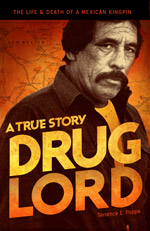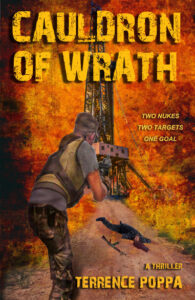(TASK & PURPOSE) — By Christopher Woody
2017 ended as Mexico’s most violent year in recent memory, with 25,339 homicide cases — more than during the peak year of inter-cartel fighting in 2011.
Crime and violence have steadily increased in Mexico over the past three years, and the bloodshed over the past decade has come despite, and often because of, the Mexican military’s and federal police’s presence in the streets.
Speaking before the Senate Intelligence Committee on Feb. 23, Army Gen. Robert Ashley, the head of the Defense Intelligence Agency, described a key trend that has contributed to the violence.
Asked what threats U.S. officials saw in Mexico and how the situation there had changed over the past decade, Ashley told the committee what has “transpired over the last couple of years is you had five principal cartels; we alluded to the number of captures [of cartel leaders] that had taken place, over 100. Those five cartels have kind of devolved into 20, and [as] part of that outgrowth, you’ve seen an increase in the level of violence.”
The dynamic Ashley described — the removal of criminal leaders leading to fragmentation of their groups and further violence — has been recognized as a failing of the “kingpin strategy” pursued, with strong U.S. backing, by Mexican President Enrique Peña Nieto and his predecessor, Felipe Calderon, who deployed troops to confront domestic insecurity in 2007.
‘What’s happening, it’s like ants’
The kingpin strategy targets high-profile criminal leaders, with the idea that their capture or death will weaken their organization.
Ashley noted that under Peña Nieto, Mexico has brought down more than 100 high-profile cartel figures — among them Sinaloa cartel chief Joaquin “El Chapo” Guzman (twice), Knights Templar founder Servando “La Tuta” Gomez (captured because his girlfriend brought him a cake), and Hector Beltran Leyva and Alfredo Beltran Guzman, both of whom lead of the Beltran Leyva Organization, an erstwhile Sinaloa cartel ally.
But the hoped-for security gains haven’t materialized.
“What actually happens is that if you take out the head of organization and it creates power vacuums and leads to … both internal schisms and encroachment … and creation of new spaces for other actors that can come, until we see a multiplication effect, or a proliferation, of smaller, regional groups,” David Shirk, a professor at the University of San Diego and director of the school’s Justice in Mexico program, told Business Insider in late 2016.[READ MORE]




 March 3rd, 2018
March 3rd, 2018 
